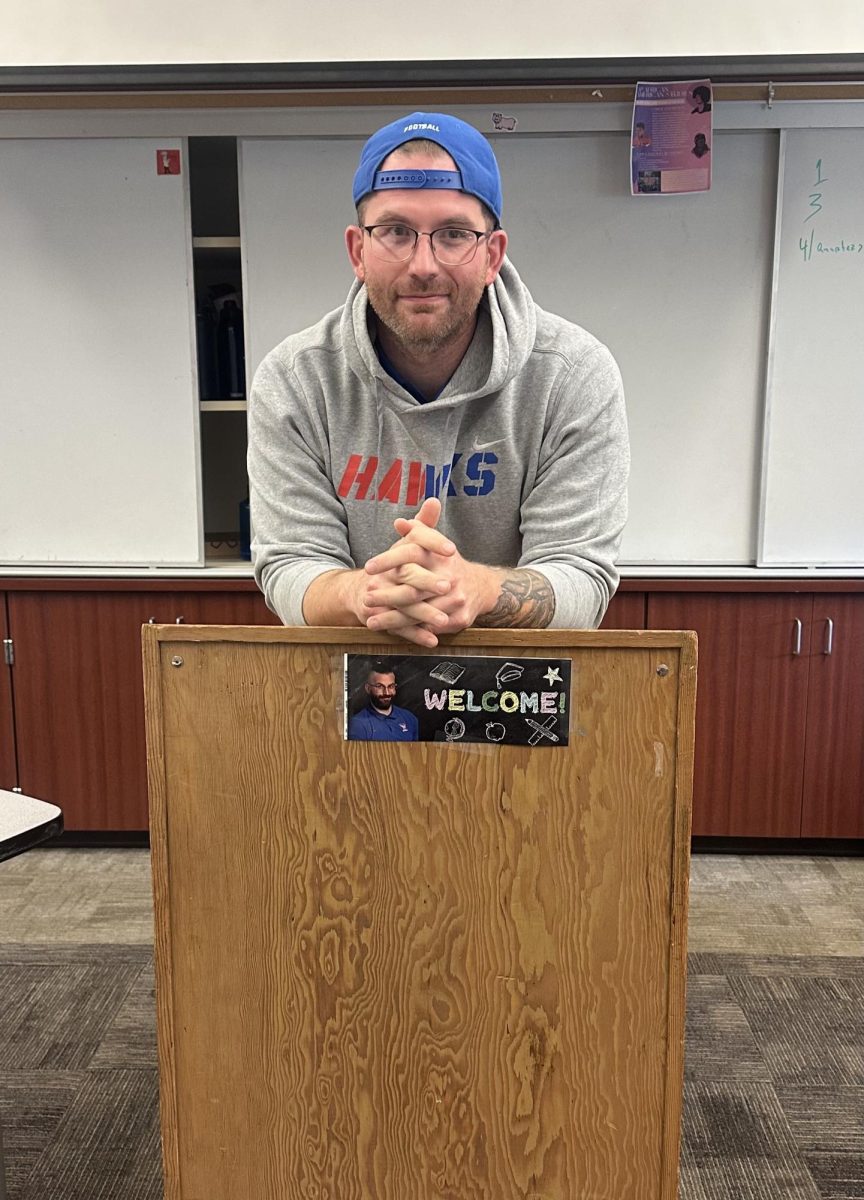Whiteboards, lectures, and grading in the early and late hours of the day are the basis of what is most likely in store for teachers during the regular school year. However, a different use and context of whiteboards, lectures, and winning is what is in store for the staff of Tamalpais High School that have also take on an athletic coaching position.
With the amount of teams, facilities, and time there is in a day, the work that goes into managing a program can be rigorous.
“During the football season it’s pretty crazy,” history teacher and varsity football head coach Matthew LemMon said.
A school day during the fall starts and ends with football for LemMon.
“We lift [weights] in the morning and I’m here all day teaching, so usually there is an hour between lifting and teaching,” LemMon said, describing his immediate after-school coaching duties. “Because of our field space … we do study hall after school.”
After the study hall, the program transitions straight to practice.
“We start practice at 5:15 or 5:30 [p.m.] and we are done at 7:30-ish and I have to make sure the locker room gets cleared and cleaned. So I’m probably out of here by eight, home by 8:45,” LemMon said.
Setting aside scheduling and management, being able to compete effectively while mentally developing players is also a component of being a coach and teacher.
“I have always said that I could put in a ridiculous amount of hours because I make them my priorities, but if I had young kids at home? No, it’s not plausible,” Dean of students and boys’ varsity baseball head coach Nathan Bernstein said.
“[With all the] stuff you have to do in the offseason to be competitive and be good, I’m probably losing money more than I am making money,” LemMon said.
Kelsey Holtzinger, a math teacher at Tam, took on coaching the girls’ freshman volleyball team as well as the boys’ junior varsity (JV) soccer team.
“When I coached volleyball last year our practices were right after school. So sometimes I would find myself changing into what I coach in between the passing periods of sixth and seventh [period], so right after school I could sprint to the gym and have everything ready and open,” Holtzinger said.
As a teacher and coach, the dynamic of engaging with their student-athletes can be seen as beneficial.
“I’m just trying to help kids be their best selves and the coaching blends in perfectly to me,” Bernstien said.
LemMon thinks furthering relationships and connections off the field allows coaches to understand, help, and create a positive environment for students.
“I think most of what I do is relationship-building stuff. I think it’s [about] getting to know kids and then you can get them to do things or help them through stuff a little bit more because you know where they are coming from,” LemMon said.
While the joy that comes from teachers working with students and their athletes it can be hard to efficiently do both with little time and required expectations.
“If you want to be co-curricular and give [students and athletes] for them to learn all these tools they can use in classrooms and other places there is not a lot of time for you to do that with intention,” LemMon said.
Ideas to promote the importance and balance of teacher coaches can vary in efforts,“[If] school districts valued coaching as a class, I think you would get way better coaches, athletic programs would run smoother, and be a better experience for kids,” Bernstein said.


